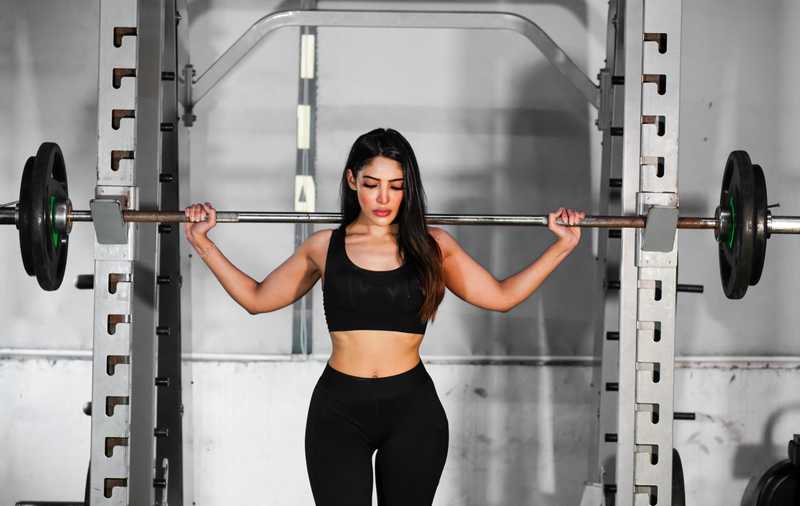How to Protect Your Organs When Lifting Heavy Things
08 October 2023

Did you know that the same weight could feel heavier or lighter for your body depending on how you lift it?
If you are struggling with abdominal weakness, back pain or prolapse, you might have heard million times that you “shouldn’t lift heavy”.
Yes, it is true that straining and bearing down can make your symptoms worse, but quitting lifting anything heavier than a kettle is not a very useful advice - especially in a long term.
If you stop lifting heavy things altogether, your muscles will detrain and then if you do occasionally get to lift something, like a grocery bag or a wriggly child, the load will be way beyond your capacity.
Now, a better advice would be: learn how to lift smarter.
We want to focus on:
✅ Lifting with arms and legs - not the spine
✅ Using the breath to help you - not to push your organs down.
Using the legs and arms to lift the weight means:
-
Strong feet pressing into the ground 🦶
-
Strong hands (gripping the object you are lifting) ✊
-
Leg support - bend at the hip and the knee to come down - instead of rounding the spine (Let that lower back curve be!)
Let’s see how to use the breath and pressure inside the belly effectively when lifting
Here are 2 ways I could manage the pressure inside my belly when lifting heavy things:
- The lower belly collapses as the organs inside are pushed forward and downward
- The intra-abdominal pressure is used to help get the movement done while supporting my organs and the spine.
As you can imagine, the first strategy is not great for someone with diastasis recti, hernia, prolapse or any pelvic floor issue.
Now, ideally, my body will choose the second strategy without me having to think about it.
But sometimes, the breathing and the reflexes are off - the body is operating in an emergency mode and the pressure management is less effective.
I’ve seen this many times in women after pregnancy and childbirth.
Also, there is evidence that torso mechanics changes in people with back pain (see Barr, 2005) or abdominal bloating (Tremolaterra, 2006).
So, sometimes, we might need to re-learn how to use breathing and pressure effectively.
How Do We Learn to Manage The pressure?
✅ Try exhaling at effort zipping up from the base of the torso (let’s say effort 2-3 out of 10).
✅ If you want, you can visualise expelling the breath upwards as you breathe out - exhaling upwards, from the base of the torso towards the nose.
✅ For extra support, you can use voiced exhalation (humming, hissing, Ujjayi breath from yoga).
✅ Press down into the feet as you exhale - to help you reflexively activate the deep core.
This way we can use the intra-abdominal pressure to help lift the weight while supporting the integrity of the torso.
Let me know if you have any thoughs, questions. I’m always happy to chat about intra-abdominal pressure 😊
❤️💪
Ivana xx
To dig deeper, check out:
-
Barr, K. P., Griggs, M., & Cadby, T. (2005). Lumbar stabilization: core concepts and current literature, Part 1. American journal of physical medicine & rehabilitation, 84(6), 473–480. https://doi.org/10.1097/01.phm.0000163709.70471.42
-
Tremolaterra, F., Villoria, A., Azpiroz, F., Serra, J., Aguadé, S., & Malagelada, J. R. (2006). Impaired viscerosomatic reflexes and abdominal-wall dystony associated with bloating. Gastroenterology, 130(4), 1062–1068. https://doi.org/10.1053/j.gastro.2005.12.036.